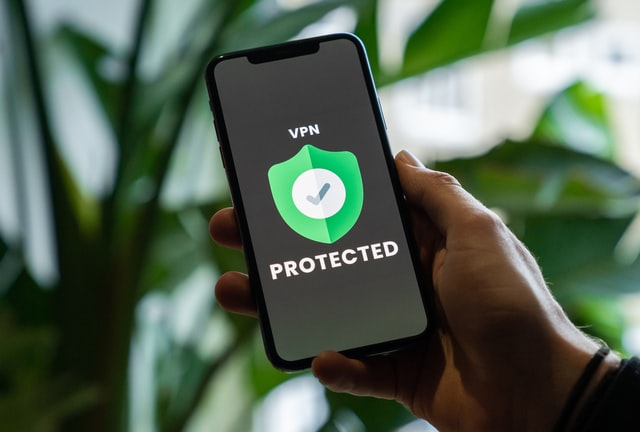How to Protect Yourself Online

Protecting yourself online is easier said than done. Many online scams prey on unsuspecting victims, and it’s important to be aware of these tactics. What should you look out for?
Scams are everywhere. If someone claims they want to reward your generosity or they need to verify your identity, it’s unlikely that they are who they claim to be. Sometimes scams come from friends, family, strangers, or even businesses.
How to Protect Yourself Online
1. Verify the Identity of Anyone You Don’t Know
If a business wants you to buy something then it probably isn’t legit. So how do you know if the people on the other end of the line work there? They will usually give you some sort of proof (like an email) so you can check them out.
2. Understand the Scam
There are many types of scams including:
- Ponzi schemes
This happens when someone promises big returns in exchange for money invested with them. When their scheme no longer makes sense, they use more money from new investors to pay back earlier ones. The person at the center of this scam often makes off with all the funds.

- Pyramid schemes
These happen when people get together and promise high rewards in return for investments. The problem? People who invest lose money because someone else takes most of the profits.
3. Never Give Out Personal Information
Never share personal information like credit card numbers, social security numbers, or passwords to anyone you don’t trust 100%. The best way to protect yourself online is by only providing information to trusted sources such as banks, utility companies, and government agencies.
4. Be Aware of Phishing Attacks
Phishing attacks may seem harmless but they can lead to identity theft and financial losses. A phishing attack occurs when hackers send e-mail messages to appear legitimate but contain malicious links or attachments. After you click on one of these links or open an attachment, malware is installed onto your computer which gives cybercriminals access to your sensitive files. This is especially dangerous if you make payments over the Internet through websites that request personal information.
5. Avoid Suspicious Emails and Phone Calls
Cybercriminals also try to trick you into giving away valuable information via emails and phone calls. It could be an attempted tax refund fraud, or someone impersonating you at a company where you have an account. Even if they have your permission to contact you, the call might still be suspicious.
6. Keep Your Software Up To Date
Most software updates include fixes for cybersecurity issues. These patches are rolled out annually and must be downloaded and installed. In addition to updating your software, keep your operating system updated too. Also, avoid downloading software from untrustworthy sites or sharing your password with others.
7. Use Safe Browsing
Most browsers provide a tool called “Safe Browsing” that scans websites to find any known harmful materials. This helps prevent dangerous downloads and prevents dangerous sites from being added to your browser.
Many browsers, however, require enabling this feature, and even if you do, it won’t work until the next time your device starts up. For example, my Firefox browser has Safe Browsing enabled. However, every time I restart that same unit, I am asked to enable/disable this feature and have to enter my master password each time.
8. Install Privacy & Security Apps
Apps such as AdAware and Malwarebytes let you scan apps to identify unwanted programs and block threats before they install themselves. Apps like CCleaner help unclutter your desktop and uninstall unnecessary applications or programs that bog down your PC. Most importantly, you need an antivirus program. There’s not much point in having a firewall if you’re using a weak antivirus program.
